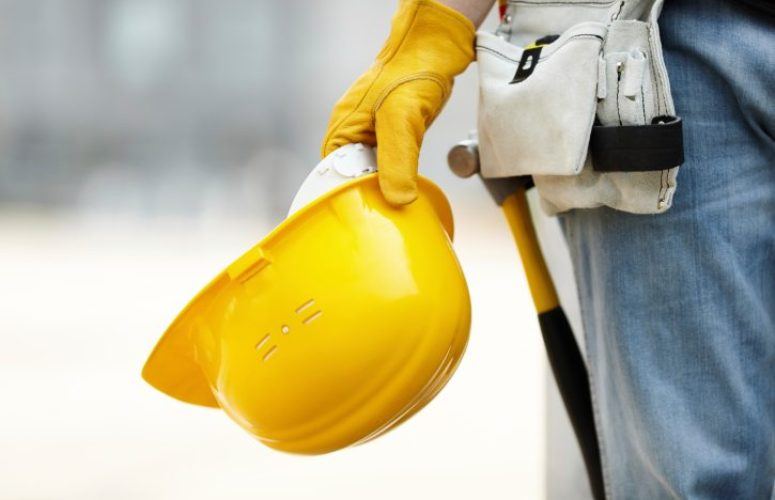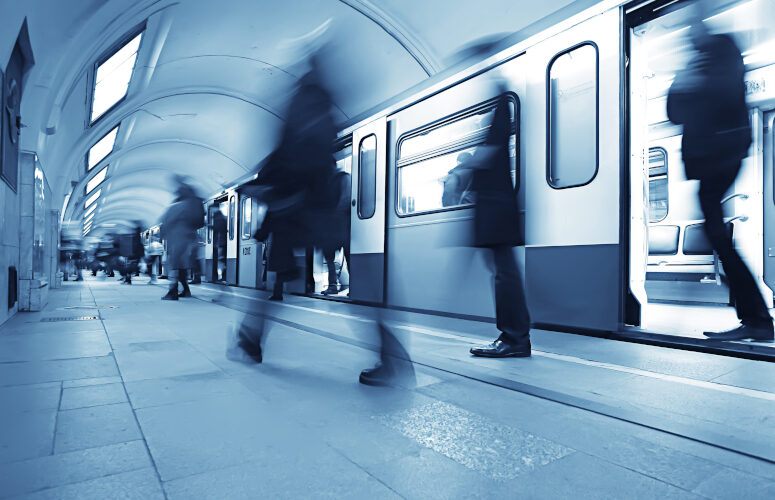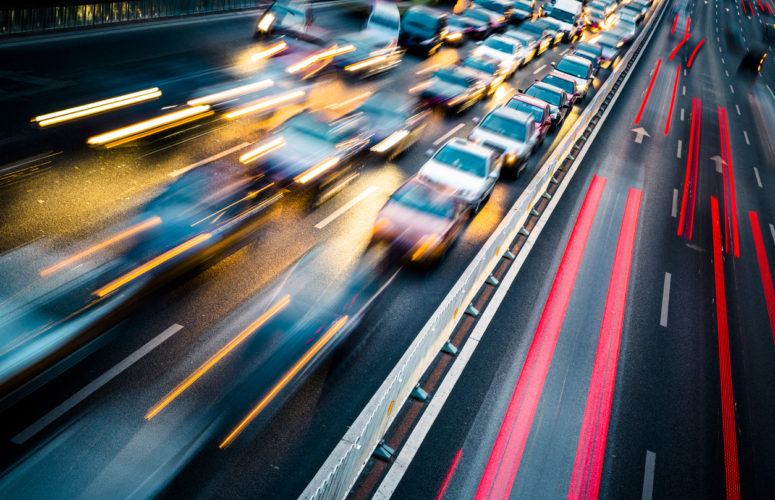
Port Authority Authorizes ‘Restoring the George’ Projects, Part of 10-Year GWB Rehab for the World’s Busiest Bridge
On Mar 25, 2016Ensuring the safety and reliability of the George Washington Bridge well into the future, the Port Authority Board of Commissioners acted on two major rehabilitation projects within a larger, 10-year investment program called “Restoring the George,” for the world’s busiest bridge.
The board approved a contract with Judlau Contractors, Inc. for $67.5 million to replace the Palisades Interstate Parkway (PIP) Helix in Fort Lee, as well as rehabilitate the bridge’s New Jersey approach spans that pass over the Hudson Terrace and the New Jersey Anchorage. Construction is expected to take place the second quarter of 2016 through the fourth quarter of 2019. The project is expected to generate 530 job-years, $35 million in wages, and $149 million in economic activity.
Also, the board authorized a $90.9 million project to rehabilitate the Center Avenue and Lemoine Avenue bridges in Fort Lee, which pass over approach roadways to the George Washington Bridge. Construction is expected to run from the fourth quarter of 2017 through the second quarter of 2022, and to generate 440 job-years, $30 million in wages, and $142 million in economic activity.
The George Washington Bridge carried more than 50.5 million eastbound automobiles, buses and trucks in 2015. First opened in 1931, the bridge remains structurally sound and vital today due to ongoing maintenance and investment to address the wear-and-tear and renewal of an 85-year-old asset.
“Restoring the George” is a program of 11 state-of-good-repair projects that will invest $1.9 billion in the crossing’s structural health over the next decade. These projects are included in the Port Authority’s 10-year capital plan. Their construction will generate a total of 11,190 job-years, $768 million in direct wages, and $3.3 billion in economic activity through 2024.
Port Authority Chairman John Degnan said, “Maintaining the George Washington Bridge, one of America’s great marvels of engineering and a vital component of our regional economy, is central to the Port Authority’s core transportation mission.”
“This is another step forward in ensuring that this iconic bridge continues to play its valuable role in our transportation network through its next 80 years of life and beyond,” said Port Authority Vice Chairman Scott Rechler.
Port Authority Executive Director Pat Foye added, “‘Restoring the George’ is an investment that will improve our transportation system, create thousands of jobs, and contribute significantly to our region’s economy over the next decade.”
The Board in 2014 approved the core project of “Restoring the George.” It includes:
- Replacement of the bridge’s 592 suspender ropes
- Rehabilitation of its four main cables and their 488 anchorage strands
- Replacement of the two sidewalks
- Construction of a new high pedestrian safety fence
- Replacement of the bridge’s signature necklace lighting
Construction of this project will begin during the second quarter of 2017 and conclude in the second quarter of 2024. In addition, the crossing will continue to go through cycles of future rehabilitation to ensure its continued state of good repair for the traveling public.
Port Authority officials noted that an ongoing challenge during the 10-year life of “Restoring the George” projects will be the need for periodic lane and road closures during construction. The agency will coordinate with other regional construction projects to minimize the impact to travelers and communities, and is communicating with nearby municipalities and other transportation agencies.
PIP Helix Replacement and Rehab of the Upper Level Spans over the New Jersey Anchorage and Hudson Terrace:
The PIP Helix, composed of three bridges and two intermediate roadway sections, carries 7.4 million vehicles with 10.2 million passengers annually from the southbound roadway of the Palisades Interstate Parkway to the George Washington Bridge. It is beyond its useful life and requires frequent repairs.
The New Jersey Anchorage and Hudson Terrace structures were constructed in 1931. The New Jersey Anchorage roadway slabs were last partially rehabilitated in 2004. The upper level spans over Hudson Terrace were last rehabilitated in 1997.
Related Articles:





